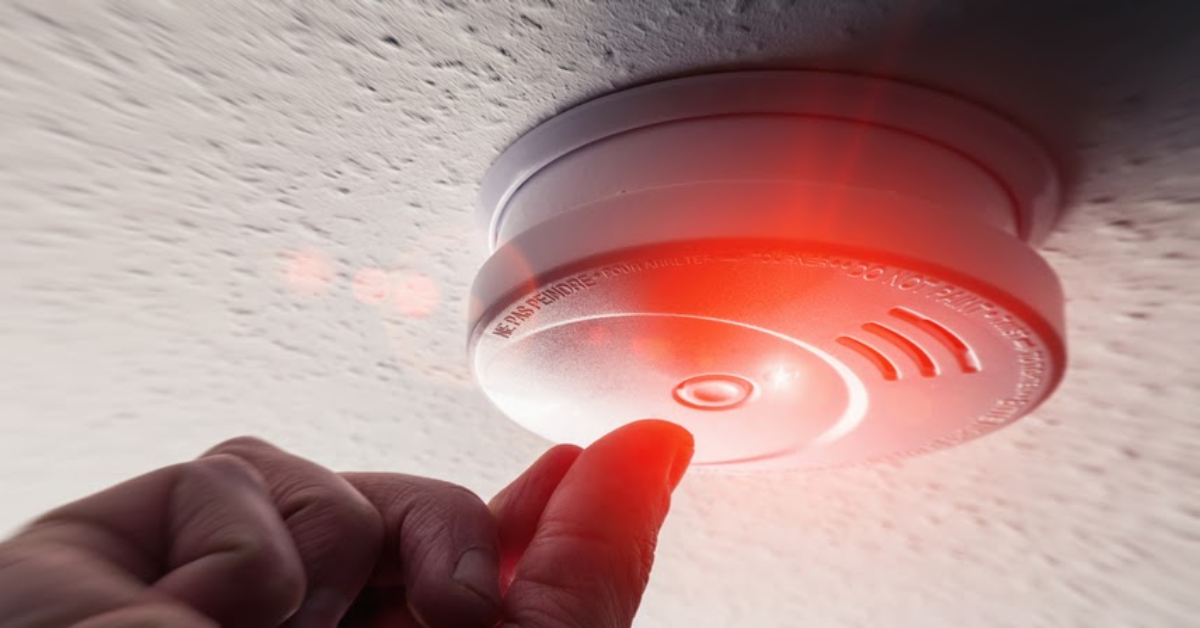Tech Tips: Alarm Testing
21 Oct, 2020, 12:56 PM
It has recently been pointed out to me that ‘fault finding’ is becoming a lost art, especially when it comes to motion sensors. With this in mind here is a list of pointers that we all know, but may have forgotten…
- Check the pyro for fingerprints. The salts in perspiration cause etching and breakdown of the pyro. This causes the pyro to generate (relatively) massive amounts of noise, which the sensors logic circuits can interpret as motion, thus generating a false alarm. This also holds true for dual technology type sensors, although not to as great a degree.
- Check for vermin, even a tiny little spider inside the sensor can cause issues. It is a good idea to seal all cable entry holes. DO NOT USE SILICON. Silicon can either attracts ants or give off corrosive fumes as it sets, which will affect the sensors electronics. If you have a site with a cockroach issue, often a pub, wipe an unbroken line of dishwashing liquid around the outside of the lens section of the detector. Cockroaches will not cross this line. This needs to be redone monthly, and look terrible, but it does work.
- Still on the vermin, geckos cause a lot of problems. The only way to really solve this problem is to use a wall or ceiling mount bracket to allow the geckos to pass behind the sensor. Ceiling mount type detectors like the Takex 6812 are also good in this situation. The dishwashing liquid trick above will help, but it is not as effective as it is for cockroaches.
- Spray around, NOT ON, the sensor with surface spray. This will both deter (not stop) geckos and kill spiders before they can nest and make themselves at home on your nice warm detector.
- Check the environment. Look for windows open or other sources of airflow. A common one is in a corner store where the customer puts a drinks fridge under the PIR. The airflow from the fan will cause problems. A dual technology sensor is no help, as the microwave component will almost certainly be triggered by the fan blades. Look for reflective/polished surfaces like decorative mirrors or glass topped tables. These may ‘bounce’ infrared, and cause alarm events. A problem I once had was caused by water in a dog’s bowl inside a glass door. The refractions from the rippling water were enough to trigger the PIR, even though the dog didn’t.
- Check the mounting. A very common cause of a false alarm is loose or vibrating sensors. The most common ‘vibrating’ mount for a motion sensor is the purlins on a shed wall. The purlins flex with wind and heat, and also vibrate a lot during thunderstorms. The motion sensor does not know that it is moving, nor what it is seeing, thus generating an alarm event.
- Look for a pattern in the events eg Tuesday mornings. I had a shop inside a shopping centre, almost every Tuesday morning the customer would say their alarm had triggered (local only). Eventually found the problem to be the cleaner in the shop next door with a floor polisher ‘thumping’ the dividing wall extremely hard.
- Don’t forget cable and terminations, especially if there is a joint in the cable.

